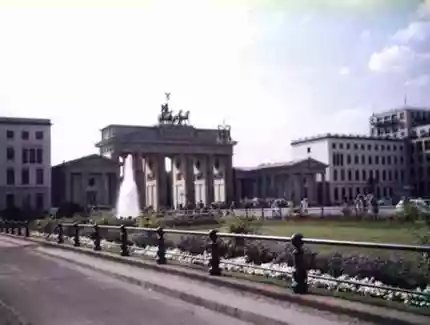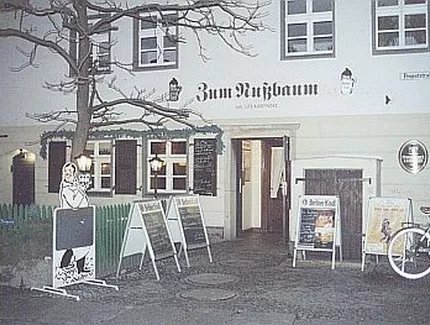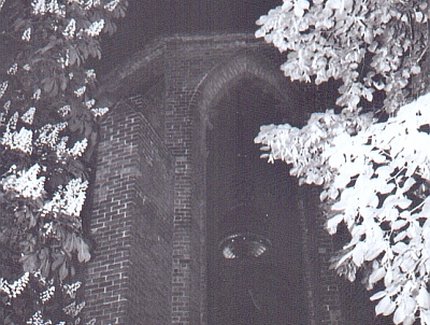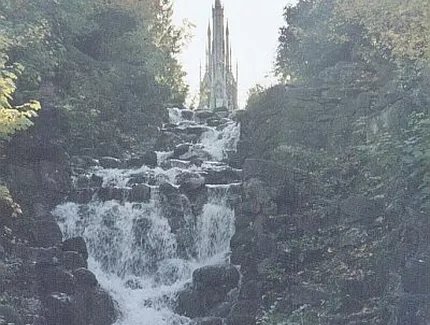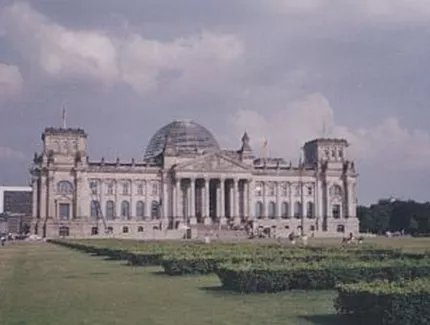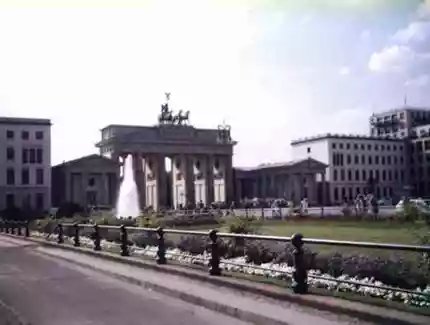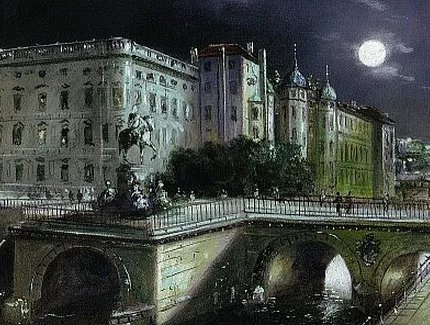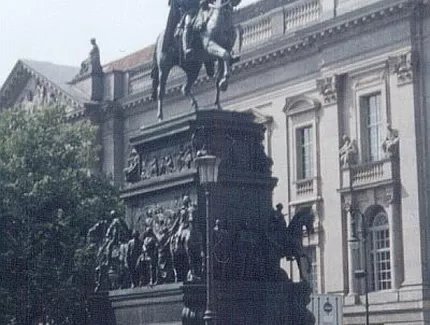
Modernism in Berlin is alive: architectural tours, exhibitions, vaudeville, dance and song
In the Golden Twenties, modernism appears in Berlin as if under a burning glass. It is the decade of New Objectivity, of bohemians in opium dens and coffee houses, of self-confident women and new lifestyles, but also of great social misery and bloody political struggles.
The First World War is followed by a small economic miracle and pearls of architecture, literature, music and art are created in Berlin. Silent films produced in Berlin are still milestones in cinema history. Erwin Piscator turned theatre upside down and created the theatre of the present in Berlin. The art and the world of the artists is dissolute and glamorous, but also critical and politically engaged. The imperial capital amuses itself magnificently in glamorous vaudevilles and disreputable dance halls. Even today, the nightlife and some of the venues of the 1920s - such as the Volksbühne, which is still in operation today, or Clärchens Ballhaus - are part of the cultural DNA of the big city.
Renowned architects such as Walter Gropius or the brothers Max and Bruno Taut plan entire city districts in the modernist style. The Bauhaus school strives for a new, independent attitude to life and a new social beginning.
Everywhere in Berlin, in every neighbourhood, you can experience the exciting years at the beginning of the 20th century: Whether you take a guided tour through the Modernist housing estates, which have long been UNESCO World Heritage Sites, experience industrial culture, discover world-famous works of Expressionism in large and small Berlin museums or enjoy revues and variety shows in the evening - let yourself be whisked away into the world of the 1920s in Berlin!

